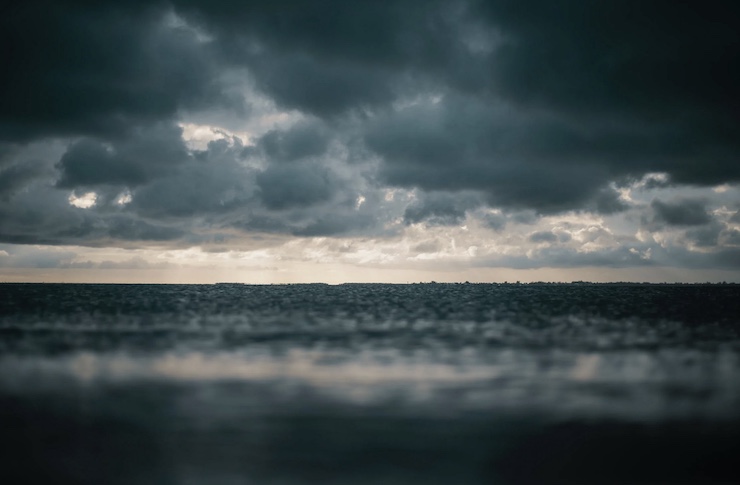Pioneering Research on the Effect of Adverse Weather on Drone Performance

The number of commercial applications for unmanned aerial vehicles (UAV’s) also known as drones, is virtually limitless. But as a practical matter, to serve end users reliably, drones must be able to fly on a regular schedule, regardless of weather conditions. And there’s the issue. The performance of drones can vary widely depending on wind, temperature, level of precipitation, altitude and other climate- and weather-based factors. And while some conditions are foreseeable; others are not.
How badly can drone performance be affected? No one really knows, not for certain, at least. Typically, drone manufacturers warn consumers not to fly their new purchase during “bad” weather (including fog, heavy rain and snow and high winds), but that’s about it; companies rarely test their drone’s performance under real world conditions, and if they do, are under no obligation to report those results publicly. Independent research studies, until recently, were few and far between. Partly as a result, technical and regulatory standards that account for the effects of extreme weather on drone efficiency and safety have yet to be developed.
The need for such standards is growing. As drones continue to flood the consumer market, anecdotal accounts of drone malfunctions, crashes, and wildly straying aircraft due to heavy winds, pelting rain, thunder and lightning or freezing temperatures have become widespread. But even with a warranty agreement, drone users may not be able to hold drone manufacturers responsible for their lost drone use. Even worse, they may be held liable for any damage their drone might cause to others while flying under adverse weather conditions.
A recent study conducted by a team of Canadian researchers at the University of Calgary has begun to fill this research gap. The team, led by Mozhou Gao of Calgary’s Geography Department, compared historical weather data over a 10-year period with manufacturer-provided drone weather tolerances to identify potential shortfalls in their current production standards. The team also calculated the proportion of time various drones can fly safely (dubbed “flyability”), with and without daylight constraints. For its research sample, the team selected the world’s 100 most populated cities, where some on-demand drone services and applications such as delivery and emergency services may be applied commonly. Based on their findings, the team also estimated the enhanced weather tolerances that would increase drone flyability under various adverse weather conditions.
The team’s findings were eye-opening. Gao and his colleagues found that median drone flyability was already severely limited during most daylight hours (just 2 hours of flight time were found to be ideal) and only slightly improved during the night (raising the overall daily flight window to 6 hours). In addition, some geographic areas exhibited far greater flyability than others. Flights over warm and dry continental regions faced the fewest flyability challenges due to adverse weather while flight over oceans and at high latitudes faced the most.
The team also found that building some weather-resistance into a drone matters – a lot, in fact. When these drones were tested separately – using computer simulations – they fared much better than more commonly available commercial drones. Drones could fly well for most but not all daylight hours, but only in the most flyable geographic regions. However, that finding probably exaggerated drone flyability because not all adverse conditions were tested for (e.g. the effects of dust and sand, widespread in Africa and the Middle East and parts of North America, or icing, which is highly prevalent in the least flyable northern latitudes). Moreover, as the authors noted, some of the least flyable regions were also ones in which demand for drone services – for example, disaster relief and emergency medical relief and rescue operations – has been expanding most rapidly. A much greater commitment to increasing weather tolerances for drones conducting these operations will therefore be needed moving forward.
Overall, the Calgary study breaks important new ground, and should be viewed as a wake-up call for the drone industry. Given the extraordinary exponential growth expected in the drone market in the next five years alone, with more densely populated areas increasingly exposed to ongoing drone use, the risk of human injury and property damage due to adverse weather effects on drone efficiency will be heightened. Looking ahead, manufacturers and regulators alike need to take the necessary steps to ensure greater efficiency and safety in drone operations through a commitment to higher technical production standards and greater public accountability and transparency.
|